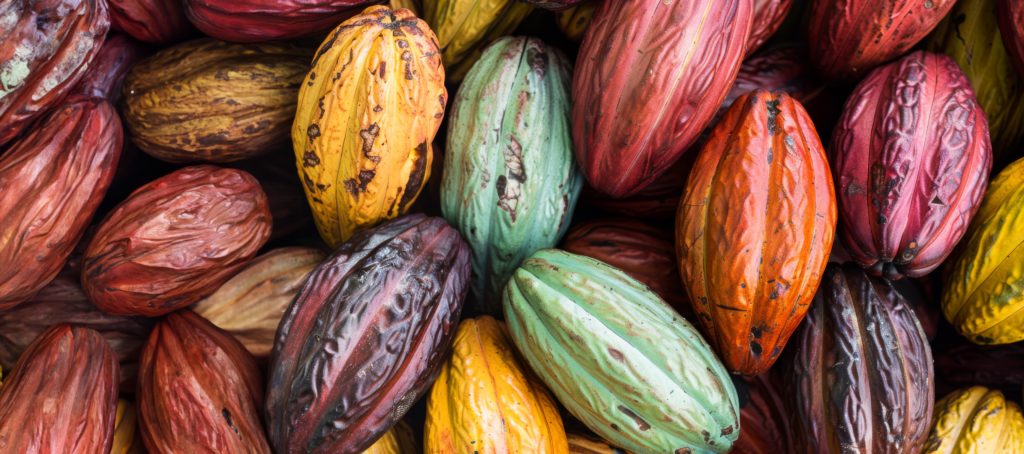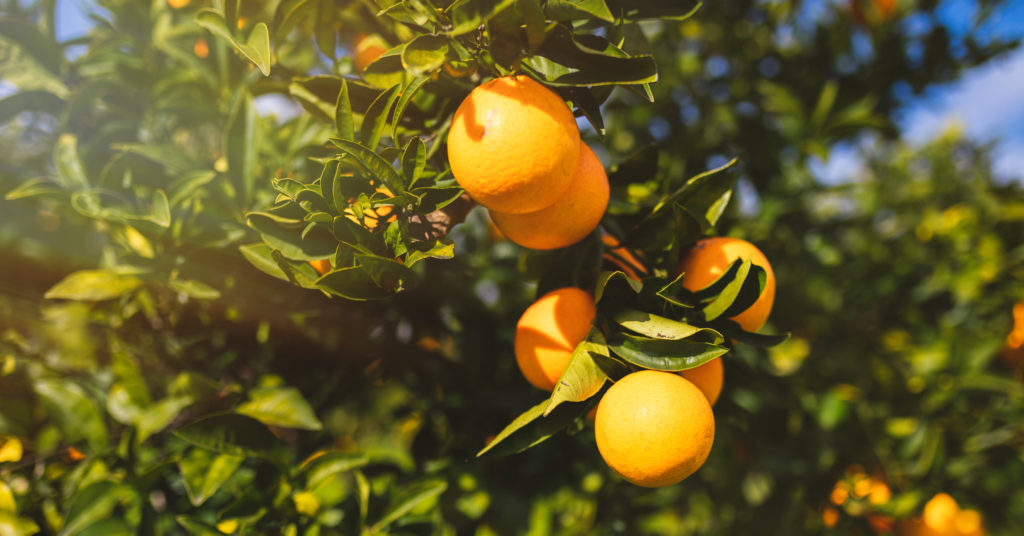Introduction: Supply chain shortages directly impact consumers
The global landscape is intricately connected through a web of politics, trade, travel, and culture. As a result, actions in one part of the world can directly influence prices and the availability of goods elsewhere. This interconnectedness means that brands remain vigilant about potential supply chain disruptions. In doing so, they find ways to adapt to meet consumer demand. This article explores the primary factors contributing to supply chain shortages worldwide. In addition, we will present case studies of recent and ongoing shortages to assist brands in navigating and strategizing effectively.
Climate change: The impact on cocoa production
In 2025, cocoa prices have soared to unprecedented levels. This is due to climate change, which is contracting the “cocoa belt”—the specific regions where cocoa can be cultivated. Increased temperatures and drier conditions have led to a significant decline in cocoa yields, driving prices up. Given the ongoing threat of global warming, chocolate manufacturers must devise strategies to address the cocoa shortage.
One immediate tactic brands could employ is to minimize their cocoa consumption. A straightforward method is to reduce the size of their products, thus using less cocoa. However, this method, referred to as “shrinkflation,” is unpopular with consumers. Particularly those who are reluctant to pay the same price for a smaller quantity. An alternative approach is to enhance products with other ingredients such as biscuits, nuts, or caramel. Or to shift focus toward items with lower cocoa content, like milk or white chocolate. This strategy is effective when framed as the creation of new products tailored for specific occasions, rather than merely reformulating established products that consumers rely on for their consistency in a fluctuating market.

Extreme weather: The effect on oranges
The price of oranges has recently surged to record levels due to a global shortage. In both the United States and Brazil, orange crops have been severely impacted by “greening disease”. This is an incurable condition that has drastically reduced yields. These challenges are compounded by extreme weather events worldwide that have further diminished the capacity to grow oranges. For instance, in October 2024, Spain’s Valencia region faced devastating flash floods, destroying thousands of hectares of orange orchards. Concurrently, Florida experienced one of the most intense hurricanes on record, which sharply curtailed orange production. Brazil, too, has suffered from a severe drought, leading to additional losses in crop yield. Collectively, these factors have resulted in a global shortage and a resultant increase in prices.
To tackle the orange shortage, some brands are turning to alternative citrus juices or blends in their products. Mandarins, which are low in calories and high in Vitamin C, serve as a viable substitute for oranges for some brands. Like with cocoa, these alternative citrus products are most effective when marketed for specific benefits (for instance, immune support), as opposed to being presented as direct replacements for a familiar flavor. To maintain taste, some companies are mixing orange juice with other citrus varieties. However, consumers may expect lower prices if they perceive the product as not being completely “pure”. Both approaches offer immediate solutions to the shortage. However, they are not sustainable long-term, especially with the demand for oranges remaining high.

Disease: The challenges of globalization
As previously noted, the global orange shortage is partly attributed to disease impacting crop yields. This is a common challenge for crops cultivated in large monoculture farms that lack adequate protection, such as oranges and bananas. Globalization complicates this issue, as contaminated products can spread worldwide, making it difficult to contain and manage plant diseases. As a result, brands must remain prepared to respond to sudden shifts in crop yields.
A long-term solution for brands is to invest in genetically modified crops that are resistant to disease. Developing cures or vaccines for plant diseases may require decades of research. This does not guarantee future protection against various diseases. Genetically modifying oranges and bananas can shield them from existing and emerging threats, including climate-related challenges. However, FMCG Gurus’ consumer insights reveal that 61% of global consumers express a preference for non-GMO products. This preference is rooted in concerns about insufficient research around GMOs and the fears that they pose long-term health risks. Therefore, while GMO oranges and bananas could offer brands a chance to utilize disease-resistant products, they also carry the risk of consumer backlash.